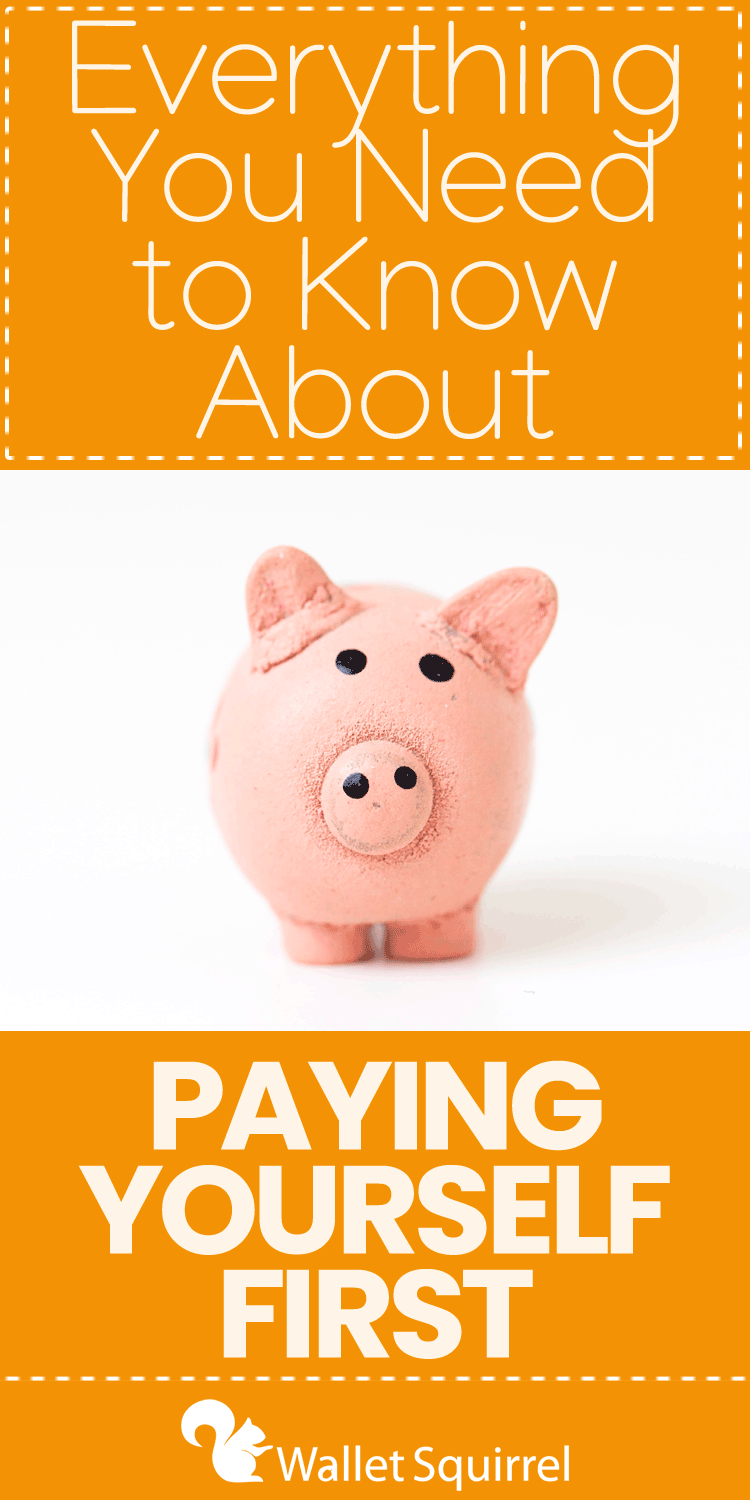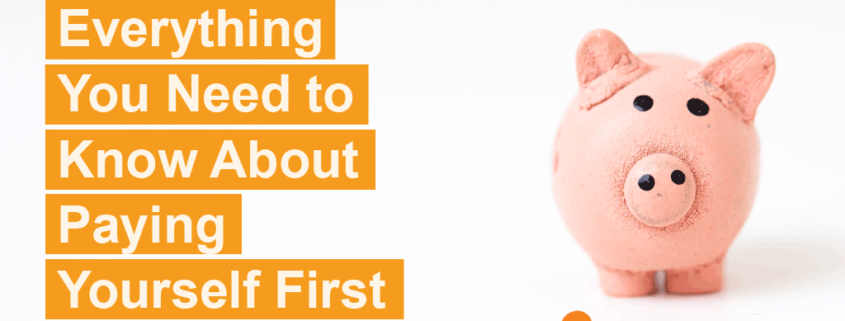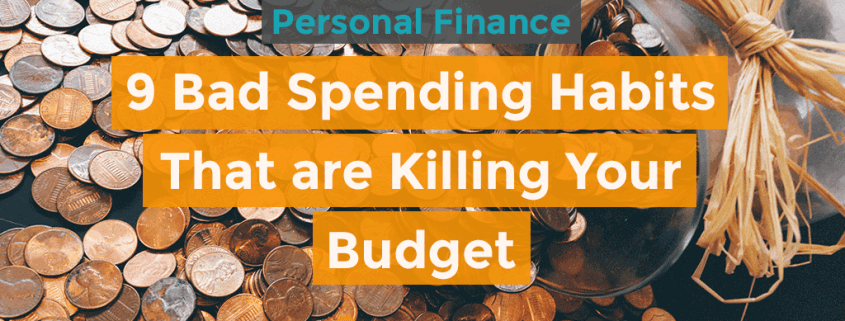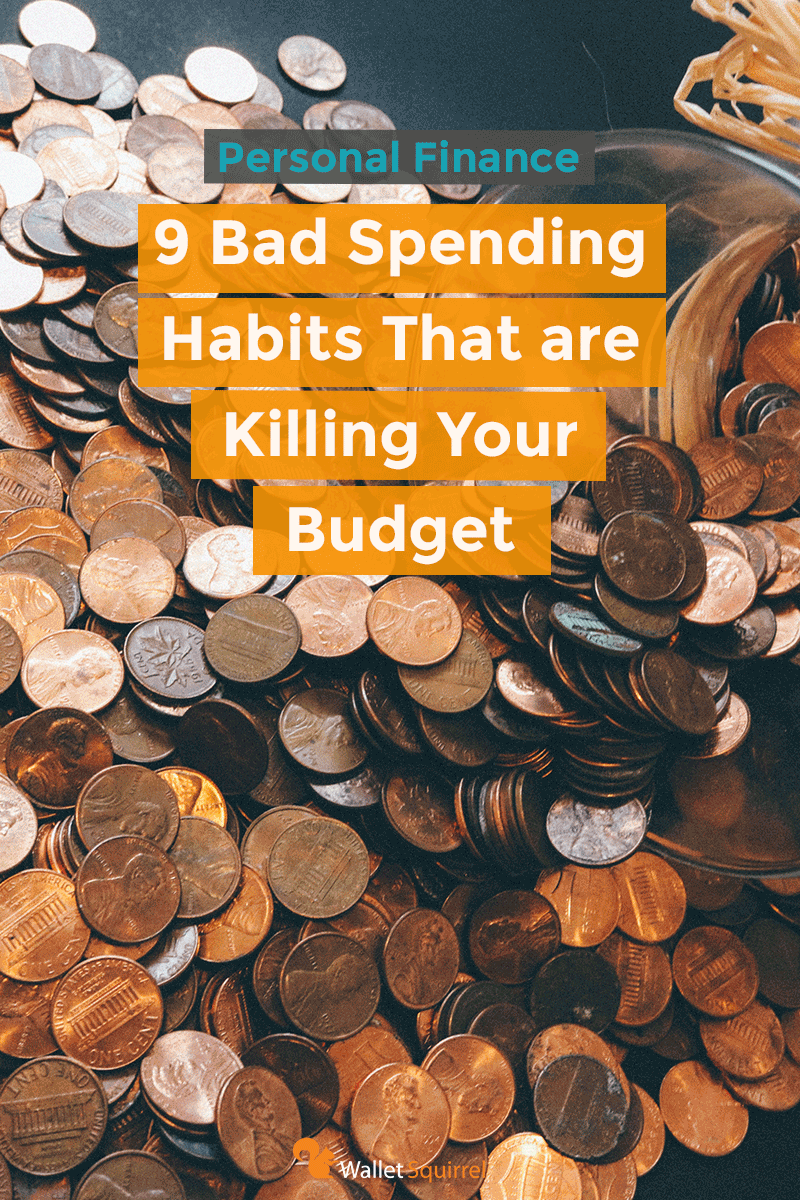Everything You Need to Know About Paying Yourself First

Sounds easy, right? If it were easy, everyone would be doing it. But they’re not because budgeting is tricky.
This is why a Gallup poll found that just 30% of Americans have a financial plan and a similarly small percentage maintain a household budget.
It’s incredibly mentally draining to ask yourself the questions constantly: “Hmmm, can I afford this?”, “Am I going to go over budget?”, “Should I eat out tonight or buy a new pair of sneakers?”
You have to be highly vigilant as to how much you’re spending. You have to ensure that there is enough money for the rest of the month and some leftover for savings and investments at the end.
Even if you have some money left, what is the probability that this money is directed to savings/investing accounts? Indeed significantly less than 1, probably even less than 0.5. It takes effort to log into your account and transfer money to a different account. Treating yourself to a new bag/fancy meal/weekend retreat is a lot easier and a lot more fun.
All this effort is too much for most people. This means that most who traditionally try budgeting fail to budget effectively and fail to save effectively.
In fact, on average, Americans save less than 5% of their income, with 20% not saving anything at all. This results in a lack of accumulation: 50% have less than one month of their income rescued, and only 40% could cover a $1,000 emergency. This has long-term implications, too; only around 40% of Americans have $10,000 saved for retirement.
A better way
Luckily for all of us who want to save money, there is a better way to pay yourself first. This is one of the critical tenants of personal finance for a reason: it works.
How it works is pretty simple. After you get paid at the start of each month, set up direct debits to savings/investment accounts, this ensures you are saving/investing automatically. You can read various articles about doing this in more detail so that I won’t get into that now.
However, these articles miss the other elements of personal finance structure outside of automatic saving/investing. Firstly, before investing, it’s more important to pay off debt. So, any debt payments should also be automated similarly. This should prioritize paying into investing accounts; direct debits to debt payments should occur before direct debits to savings and investing accounts.
Secondly, everyone seems to forget about bills. Personally, I ensure that every regular transaction occurs within the first five days of every new month. This means all savings, investing, debt payments, and bills are fully paid by the 5th. The money that’s left in your account is what you have to play with for the subsequent 25 days.
Note that it may require some effort on your part to set this up. I had to call American Express to change the due date on my credit card to ensure my direct debit date occurred on the 3rd of each month. I had to cancel my Spotify Premium and restart it at the beginning of a new month. These little things take time, but you’re good to go once the system is set up!
We are still Homo Sapiens
I am lazy. You are lazy. Let’s face it…we’re all pretty lazy.
We are lazy for a reason – hundreds of thousands of years ago, humans (more specifically Homo sapiens) were fighting for survival on a daily basis. We had to ensure that we consumed enough calories to survive. Calories in had to be greater than calories out; otherwise, we would die (I believe this is still the case). So, the reward we got from food had to be greater than the energy exerted to get that food plus other energy used throughout the day. One way to help ensure this is this case is to exert as little effort as possible throughout the rest of the day…by being lazy. We are lazy by design.
This is one of the reasons why paying yourself first is so powerful. We don’t want to spend time and energy considering every purchase. So don’t. Take the decision (partially) out of your hands by spending on what you have to primarily and automatically.
We fundamentally don’t want to exert any effort unless there are immediate and apparent rewards. This is another reason why traditional budgeting is tricky. Imagine choosing between an expensive but delicious chocolate cake vs. investing that money at the end of the month. Our brain screams at us to eat the cake. Loudly. The benefits of saving money are vaguer and will not be realized in the next year/5 years/20 years, whereas the benefits of eating the cake are immediate and obvious (to our brains, at least). We don’t realize that future happiness is worth the same as happiness today, but money is not.
This is why we need automatic processes to take these types of decisions out of our hands.
Certainty
The most obvious benefit of this type of personal finance structure is the certainty that comes with it. Paying yourself first ensures that, well, you get paid. Your debt gets paid off. Your bills get paid. You save money. You invest. Guaranteed. This isn’t the case with a traditional budgeting approach.
Some would say, however, that a traditional approach has the potential to lead to more investment if you regularly end up with more leftover at the end of the month than you invest automatically. This is flawed reasoning. Paying yourself first still allows for excess savings at the end of the month. It just ensures some base level is guaranteed. You can also adjust how much is regularly saved if you find yourself with extra money at the end of each month.
This results in debts being paid off faster, no missed bills, more savings, and more investing. Sounds pretty good to me.
This certainty also has spill-over benefits. It makes forecasting easier, for one. Knowing when your debt will be fully paid, how quickly your savings pot will grow, how much you will have invested by a specific date is helpful, especially to personal finance nerds like me (and, probably, you). It’s hard to guess where you’ll be in 5 years financially if you don’t know how much you’re saving and investing. Bitcoin Paying yourself first fixes this.
Fundamentals
This technique is powerful. That’s why most people consider it to be a fundamental strategy of personal finance.
It is also congruent with some basic principles of personal finance:
- Don’t lose: primarily focus on not screwing up. Paying yourself first (done correctly) ensures that you don’t end up in a nightmare scenario like spiraling debt, not saving anything for retirement, having no investments, etc.
- Automation: personal finance should be largely automatic. All transfers occur automatically at the start of the month in this system.
- Simplicity: simpler is usually better. These transfers at the start of each month mean that you shouldn’t have to do any calculations, worry about if you can pay your bills that month, or transfer to various accounts throughout the month.
- Think long-term: always think long-term, reducing poor decision-making and benefitting from the effects of compounding. As we have seen, taking the decision out of our hands means doing what’s best for us (saving instead of buying dessert) in the long term.
- Focus on the bigger picture: applying the 80/20 principle by spending time on the things that really matter. Paying yourself first means that the basics of personal finance are in place. You can then build on these basics on your path to lifetime wealth creation.
Today’s post is contributed by Haydn Martin, a writer on personal finance, investing, and more! Haydn is a blogger who has started his own blog.

Haydn Martin, a writer on personal finance, investing, and more! Haydn is a blogger who has started his own blog.






